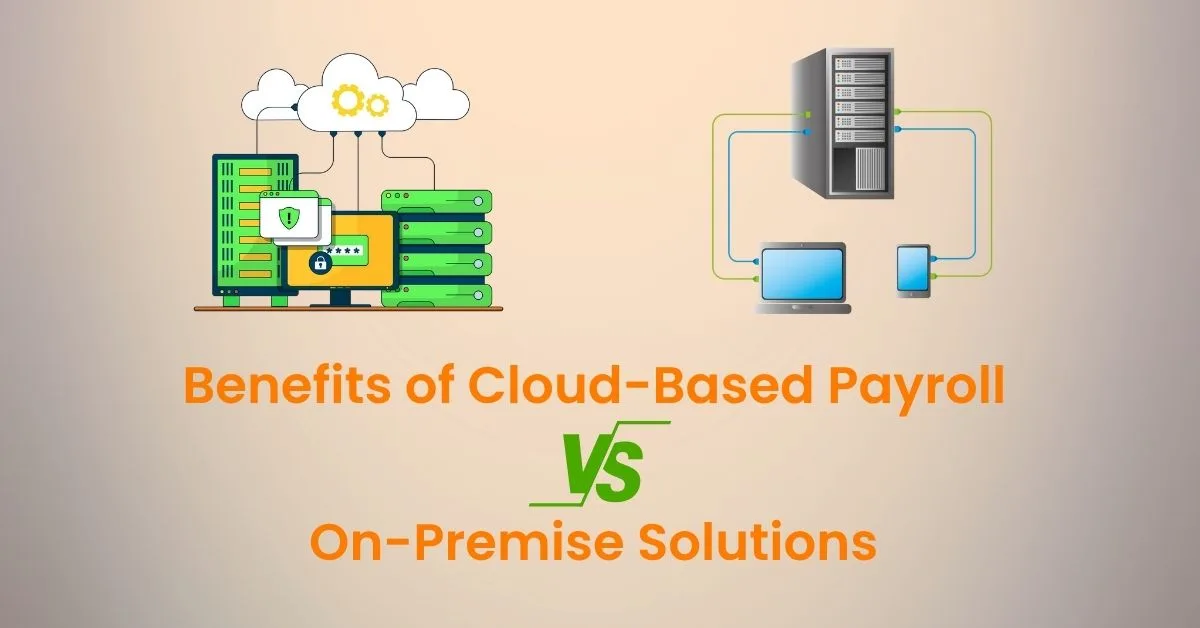Introduction to Payroll Software
- Payroll software is essential for managing employee compensation, tax deductions, and compliance with tax regulations.
- Cloud based payroll software and on premise payroll software are two primary options for businesses.
- The choice between cloud based and on premise payroll solutions depends on factors such as data security, scalability, and cost structure.
- Payroll management system installed on local servers or cloud based systems can streamline operations and ensure compliance. Compliance features are crucial in payroll software selection to keep up with changing labor laws.
Discover how Bharat Payroll’s AI-enabled HR and Payroll solutions can simplify your payroll management—book a free demo today to see the difference automation makes.
Understanding Cloud-Based Payroll
- Cloud based payroll software is hosted on external servers and accessed via the internet connection.
- It offers flexibility, scalability, and automatic updates, making it ideal for businesses with remote access needs.
- Cloud based payroll solutions provide real-time access to payroll data, enabling efficient payroll processing and employee satisfaction.
- Cloud payroll providers ensure data security and compliance with tax regulations, reducing the burden on businesses. Additionally, cloud-based payroll solutions offer flexibility by providing 24/7 accessibility from any device with an internet connection.
Understanding On-Premise Payroll
- On premise payroll software is installed and managed on a company’s local servers, providing complete control over payroll data.
- It suits businesses with complex payroll needs, requiring customization and data control.
- On premise payroll solutions offer benefits such as data ownership and security measures, but may require substantial upfront investments.
- Premise payroll software can be integrated with accounting software, enabling seamless payroll management. On-premise payroll systems provide complete ownership and control over sensitive employee data.
Key Differences
- Cloud based payroll systems offer scalability, flexibility, and cost-effectiveness, while on premise systems provide data control and security.
- Cloud based solutions require a stable internet connection, whereas on premise solutions can operate without internet dependency.
- Cloud based payroll processing is subscription-based, whereas on premise solutions involve ongoing maintenance costs.
- Key differences between cloud based and on premise payroll solutions include data security concerns, internet dependency, and cost structure. Ongoing costs for cloud payroll solutions can accumulate over time, but they eliminate the need for extensive hardware investments.
Not sure which payroll system fits your business best? Let Bharat Payroll guide you—schedule a personalized consultation today.
Payroll System Considerations
- When choosing a payroll system, businesses should consider factors such as scalability, data security, and compliance requirements.
- Cloud based payroll systems are easily scalable, while on premise systems may require additional hardware and software.
- Payroll management system considerations include integration capabilities, local servers, and cloud technology.
- Businesses should evaluate their payroll needs and choose a solution that ensures compliance and streamlines operations. User-friendly software ease of use is essential for HR personnel managing payroll processes.
Premises Payroll Software
- Premises payroll software is installed on a company’s internal network, providing complete control over payroll data.
- It offers benefits such as data ownership, security measures, and customization options.
- Premise payroll software can be integrated with accounting tools, enabling seamless payroll management.
- However, it may require substantial upfront investments and ongoing maintenance costs.
On Premise Payroll
- On premise payroll solutions provide complete control over payroll data and security measures.
- They suit businesses with complex payroll needs, requiring customization and data control.
- On premise payroll software can be integrated with accounting software, enabling seamless payroll management.
- However, it may require substantial upfront investments and ongoing maintenance costs.
Payroll Processing
- Payroll processing involves managing employee compensation, tax deductions, and compliance with tax regulations.
- Cloud based payroll systems offer efficient payroll processing, while on premise systems provide complete control over payroll data.
- Payroll solutions should ensure compliance with tax regulations, data security, and employee satisfaction.
- Businesses should choose a payroll system that streamlines operations and reduces the burden on HR teams.
Boost efficiency and compliance with Bharat Payroll’s AI-enabled payroll processing
request a demo and see how automation can help
Frequently Asked Questions (FAQs)
1. What is the main difference between cloud based payroll and on premise solutions?
Cloud based payroll software is hosted on external servers and accessed via the internet, offering scalability, flexibility, and automatic updates. On premise payroll solutions are installed on a company’s local servers, providing complete control over payroll data and security but requiring more maintenance and upfront investment.
2. Which payroll solution is better for business growth?
Cloud based payroll systems are easily scalable, making them ideal for businesses experiencing growth or with remote teams. On premise solutions may require additional hardware and IT infrastructure to scale, which can be costly and time-consuming.
3. How secure is cloud based payroll compared to on premise payroll?
Cloud payroll providers implement robust security measures including encryption and multi-factor authentication to protect sensitive payroll data. On premise payroll offers complete data control within the organization’s internal network, but requires strong internal security protocols.
4. Can cloud based payroll software integrate with other business systems?
Yes, cloud based payroll solutions often provide seamless integration capabilities with accounting software, HR management systems, and benefits administration tools, streamlining payroll management and compliance.
5. What are the cost differences between cloud based and on premise payroll?
Cloud based payroll typically operates on a subscription-based cost structure with ongoing subscription fees, reducing upfront investments. On premise payroll involves substantial upfront investments in hardware and software, plus ongoing maintenance costs.
6. Is internet connection necessary for cloud based payroll?
Yes, a stable internet connection is essential for cloud based payroll systems to ensure real-time access to employee records, tax calculations, and compliance management.
7. How does cloud payroll software help with compliance?
Cloud based payroll solutions automatically update payroll rules and tax regulations, helping businesses stay compliant without manual intervention.
8. Can employees access their payroll data directly in cloud based systems?
Many cloud based payroll solutions feature employee access portals, allowing staff to view payslips, update employee data, and manage benefits administration securely online.
9. What are the key features to look for in a payroll solution?
Important features include data security, scalability, integration capabilities, compliance management, employee access, and ease of use aligned with the organization’s business needs.
10. Which payroll system is better for businesses with complex payroll needs?
On premise payroll solutions offer greater customization and control, making them suitable for businesses with complex payroll structures and specific security protocols.






